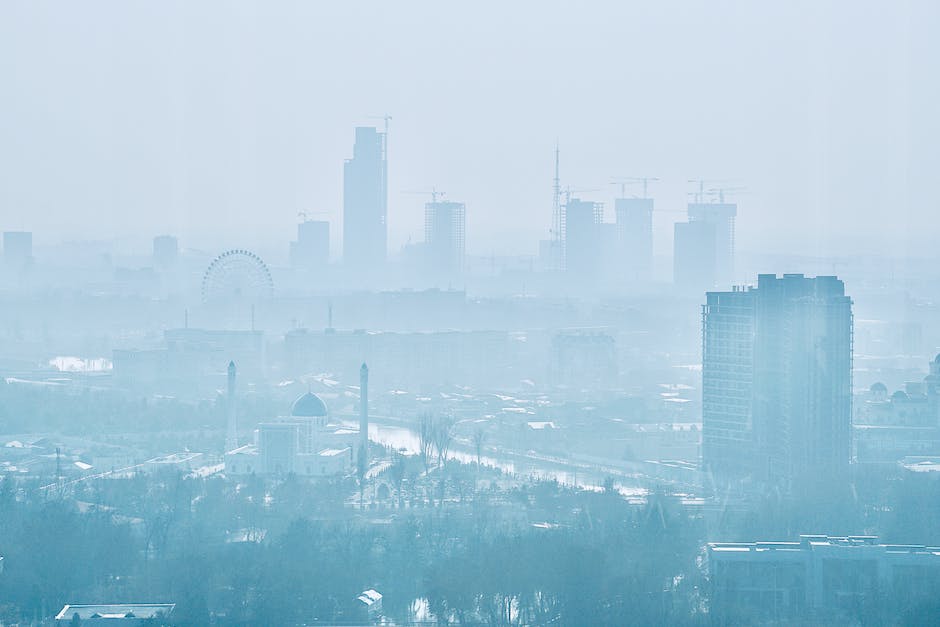
Imagine strolling through the bustling streets of Tashkent, where the whispers of the past meet the pulse of the present. This city, the heart of Uzbekistan, is a canvas painted with the broad strokes of history and the fine lines of modernity. Its architecture is a testament to the city’s resilience and its ability to embrace change while honoring tradition.
The Roots of Tashkent’s Architectural Heritage
Let’s take a walk down memory lane, shall we? Tashkent’s architectural journey began with ancient settlements, some dating back to the 5th century BC. Fast forward to the 7th-12th centuries, and we witness the rise of the Islamic influence, which introduced the city to majestic mosques and madrasahs. The intricacies of Islamic art and architecture became woven into the city’s fabric, a pattern that remains visible to this day.
Impact of the Silk Road
The Silk Road was more than a trade route; it was a conduit for cultural exchange. As caravans traversed through Tashkent, they left behind a mosaic of architectural styles. This period saw a blend of Persian, Indian, and Chinese influences, which gave rise to unique structures that were robust yet adorned with delicate artistic details.
Shaking Grounds: The Earthquake of 1966
Disaster struck in 1966 when a devastating earthquake hit Tashkent. Much of the city was reduced to rubble, but the spirit of the people remained unshaken. The reconstruction that followed was a pivotal moment in Tashkent’s architectural evolution. It brought about a wave of Soviet modernism, characterized by grandiose buildings and wide avenues, a stark contrast to the ornate Islamic architecture.
The Soviet Influence
During the Soviet era, Tashkent was transformed into a model city showcasing socialist ideals. Architects from across the USSR descended upon the city, bringing with them the brutalist style of architecture. These buildings, often massive and imposing, were designed to embody strength and permanence.
Independence and Beyond
With Uzbekistan’s independence in 1991, Tashkent entered a new chapter. The city began to rediscover its roots while also looking forward. A fusion of past and present became evident as traditional Uzbek patterns and blue ceramic tiles started to adorn modern structures.
Modern Tashkent: A Blend of Old and New
Today, Tashkent is a city that refuses to be defined by a single era. Contemporary buildings stand shoulder to shoulder with historic structures. The Tashkent Tower, for instance, pierces the sky, symbolizing the city’s aspirations. Yet, just a stone’s throw away, you can find the Kukeldash Madrasah, whispering tales of a bygone era.
Preservation Efforts
Preservation has become a priority in Tashkent. Efforts are underway to protect and restore ancient sites, ensuring that the city’s architectural tapestry remains intact for future generations. These initiatives are a bridge between the past and the future, allowing us to traverse the timeline of Tashkent’s architectural wonders.
FAQs
- How has Tashkent’s architecture changed over the years?
From ancient Islamic structures to Soviet modernism and contemporary designs, Tashkent’s architecture has evolved significantly, reflecting the city’s history and cultural shifts.
- Can you see the influence of the Silk Road in Tashkent’s architecture today?
Absolutely! The Silk Road’s legacy lives on in the city’s diverse architectural styles, which showcase a blend of Persian, Indian, and Chinese influences.
- What is being done to preserve Tashkent’s historical architecture?
Preservation efforts include restoring ancient buildings and integrating traditional designs into new constructions, ensuring the city’s rich architectural heritage is not lost.
Conclusion
In conclusion, Tashkent’s architecture is a vivid chronicle of its journey through time. From the echoes of ancient civilizations to the bold statements of modernity, the city’s buildings tell a story of resilience, adaptation, and cultural synthesis. As we’ve explored the evolution of Tashkent’s architecture, it’s clear that each era has left an indelible mark, creating a cityscape that’s as dynamic as it is diverse. For those of us who’ve had the pleasure of wandering its streets, the layers of history are palpable, offering a unique experience that’s both educational and awe-inspiring.
Whether you’re an investor eyeing the city’s evolving skyline or a traveler seeking to unravel the threads of history, Tashkent’s architecture is a treasure trove waiting to be discovered. It stands as a living museum, a place where the past is not only remembered but also celebrated in the very bones of the city. And for those who listen closely, the walls of Tashkent do indeed talk, narrating a tale of a city forever rising, forever reaching towards the future.